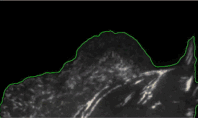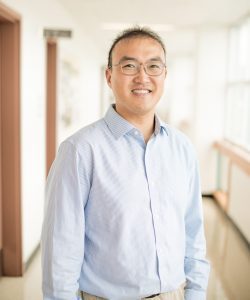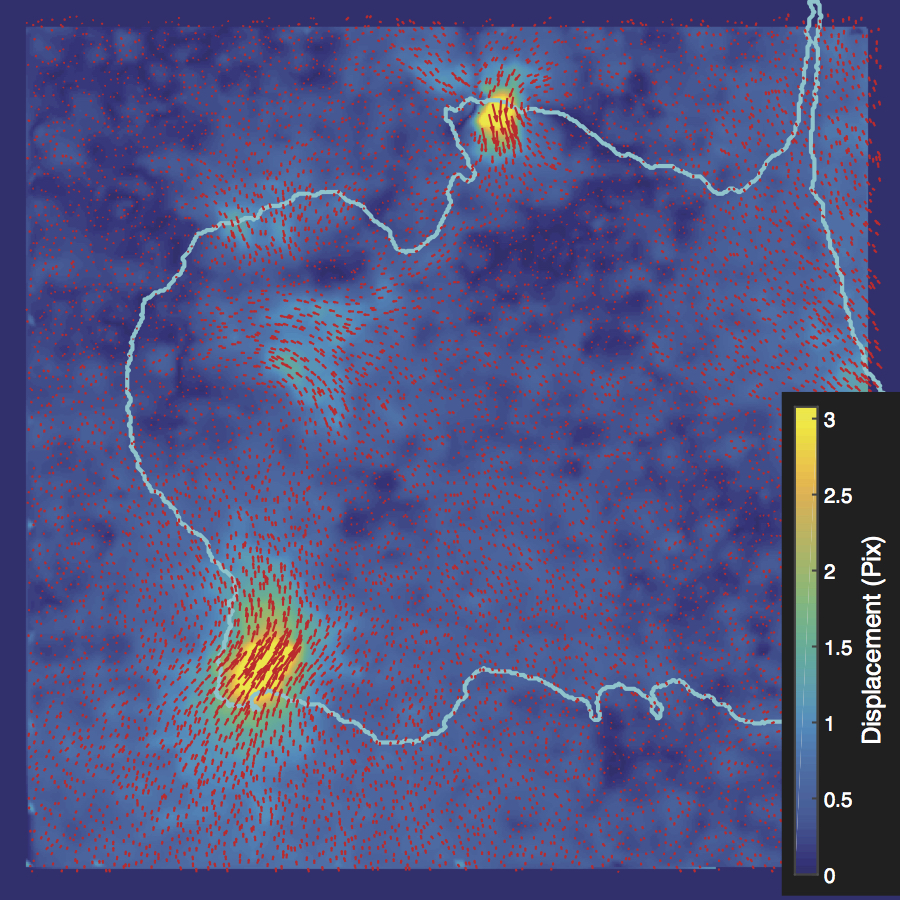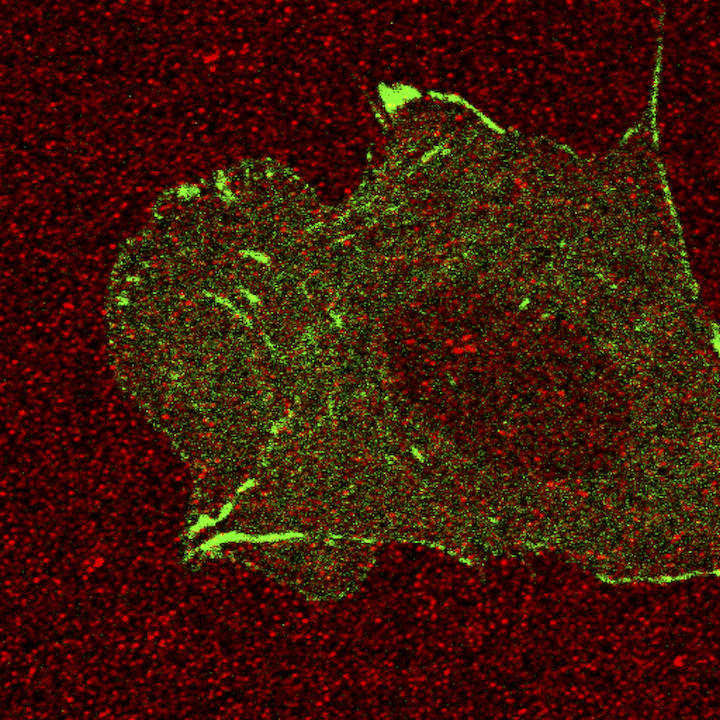 Alternative food supplies could maintain humanity despite sun-blocking global catastrophic risks that eliminate conventional agriculture. A promising alternative foods could be made from leaf concentrate. However, the edibility of tree leaves is largely uncertain. To overcome this challenge, the ChARM laboratory in collaboration with Joshua Pearce is developing methods for obtaining rapid toxics screening of common leaf concentrates. We use a non-targeted approach using an ultrahigh resolution hybrid ion trap orbitrap mass spectrometer with electrospray ionization coupled to an ultrahigh pressure two-dimensional liquid chromatography system on the most common leaves.
Alternative food supplies could maintain humanity despite sun-blocking global catastrophic risks that eliminate conventional agriculture. A promising alternative foods could be made from leaf concentrate. However, the edibility of tree leaves is largely uncertain. To overcome this challenge, the ChARM laboratory in collaboration with Joshua Pearce is developing methods for obtaining rapid toxics screening of common leaf concentrates. We use a non-targeted approach using an ultrahigh resolution hybrid ion trap orbitrap mass spectrometer with electrospray ionization coupled to an ultrahigh pressure two-dimensional liquid chromatography system on the most common leaves.
Publication
Preliminary Automated Determination of Edibility of Alternative Foods: Non-Targeted Screening for Toxins in Red Maple Leaf Concentrate”. Plants. 2019, 8 (5) 110. DOI.org/10.3390/plants8050110
 Our new mass spec examines various chemical samples at much finer resolution that ever before. Water treatment processes greatly benefit from the mass spectrometer’s analyses. In the United States, more than 130 million chemicals are registered with the American Chemical Society, and roughly a few thousand of them are in daily use. However, the U.S. Environmental Protection Agency regulates a fraction of that—about 60 organic compounds.
Our new mass spec examines various chemical samples at much finer resolution that ever before. Water treatment processes greatly benefit from the mass spectrometer’s analyses. In the United States, more than 130 million chemicals are registered with the American Chemical Society, and roughly a few thousand of them are in daily use. However, the U.S. Environmental Protection Agency regulates a fraction of that—about 60 organic compounds.


